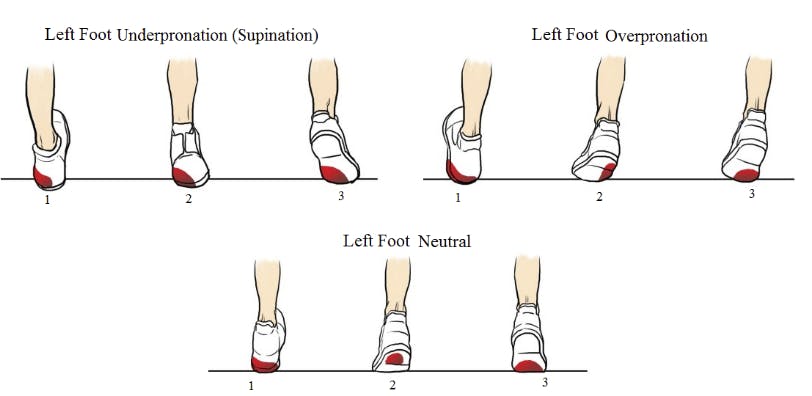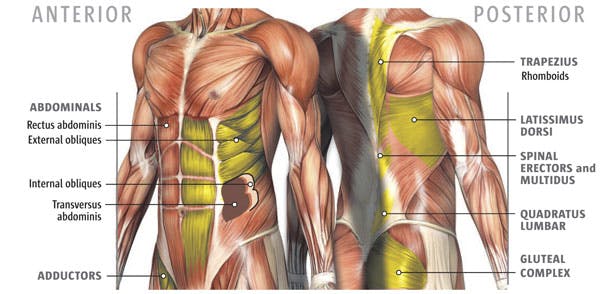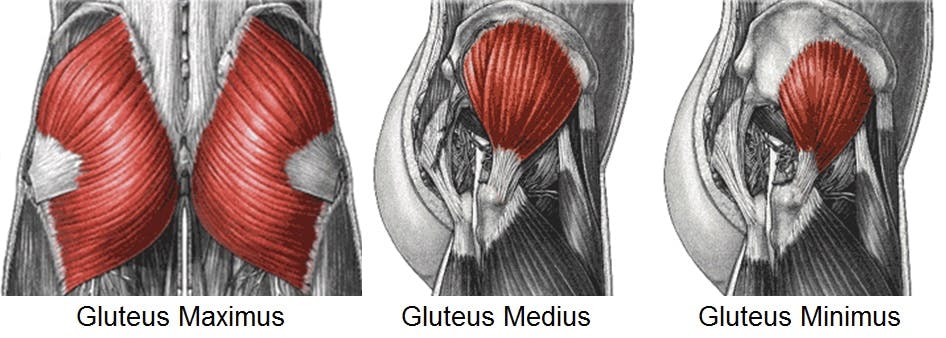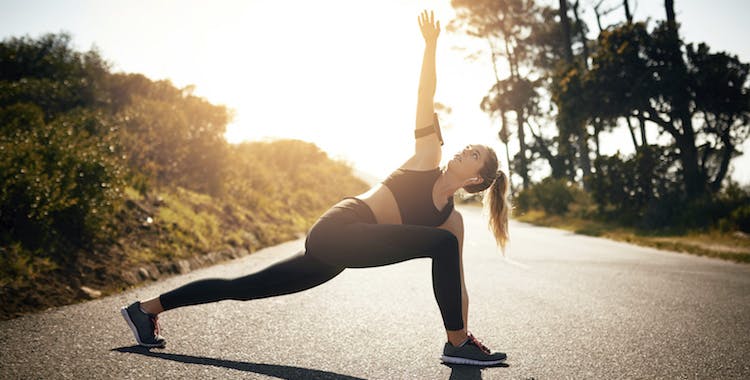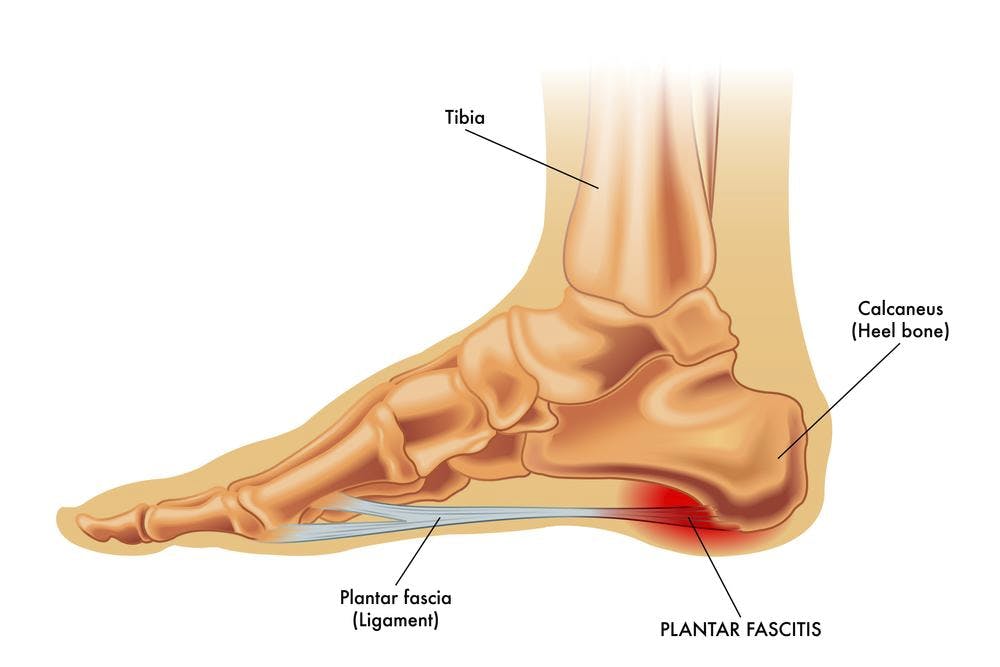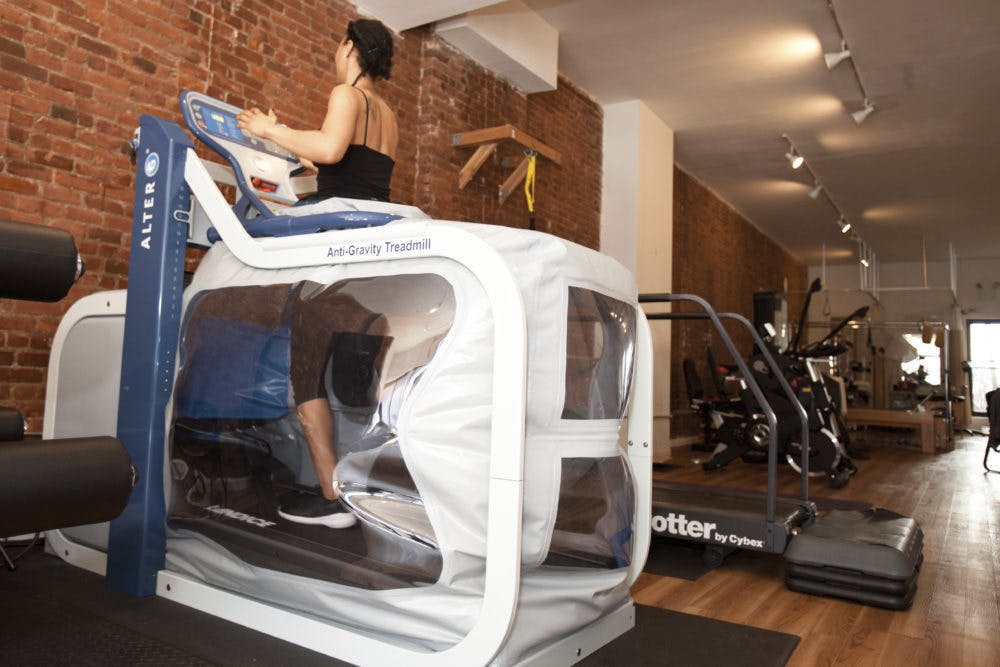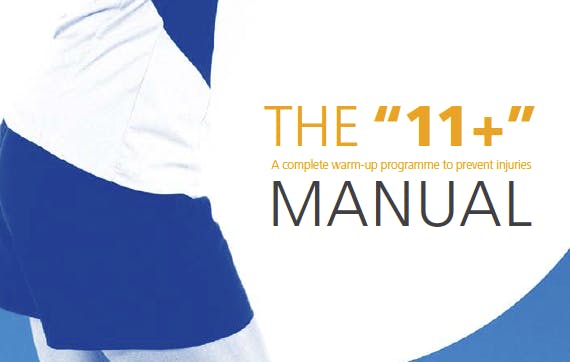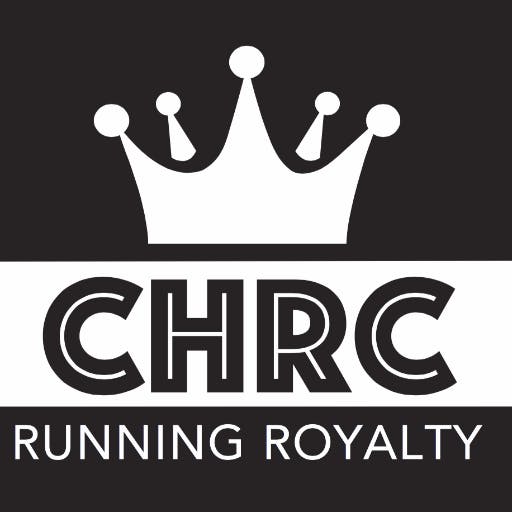Are you experiencing low back pain and not sure why? You’re not alone, in fact: 9 out of 10 patients don’t know the primary source of their back pain. The problem is that most people seek treatment after they’ve begun exhibiting symptoms of back pain. While this may seem logical on the surface, here at Park Sports Physical Therapy we encourage our patients to take a more preventative approach to their wellness. At Park Sports, we understand how bothersome it may be to have the stress of back pain added to your daily life. Whether you are just trying to get through the work day, cleaning up after your children, or just taking a walk to get the paper, we know how much worse back pain could make these simple everyday tasks and want to help prevent it. We care about our community and hope to help prevent injuries before they occur/worsen.
The key is to go to a physical therapist before you begin to see the signs and symptoms of back pain. I’m sure that right about now you’re asking, “Why would I do that?” One, because physical therapists are trained to recognize the physical dysfunctions that may one day lead to back pain. And two, because eight out of 10 Americans suffer from low back pain at some point in their lives, so the chances are good that you or someone in our community could become a statistic one day.
Seeing a physical therapist on an annual basis is one of the most effective ways to prevent back pain from occurring in the first place, the way one might see a primary care physician. Doesn’t that sound like the better alternative? Great, now that you’re on board, let’s talk about what you can expect during that annual physical therapy appointment. The first time you go, your physical therapist will collect a complete picture of your medical history. During subsequent visits, it’ll be important to update your physical therapist about any changes to your health during the previous 12 months, but it won’t be necessary to review your entire medical history again.
Next, your physical therapist will perform an examination using a variety of tests and measures including a movement screen. A movement screen is a screening tool that’s designed to identify imbalances in your mobility and stability that may contribute to limited function or other impairments. This gives your PT the ability to see how your back, hips, core, shoulders, knees and ankles perform during a series of carefully selected exercises.
The information gathered during an examination helps your physical therapist to identify changes from one year to the next, a critical step in assessing your risk for back pain and a host of other debilitating conditions. If a problem is identified early enough, then your physical therapist is better equipped to discuss preventive measures instead of designing a treatment plan. And that’s how you identify the root cause of back pain and derail issues before they even begin. Mystery solved.
Our qualified and caring physical therapists here at Park Sports Physical Therapy are here to help! If you feel that you, a loved one, or any residents in the community could benefit from physical therapy please do not hesitate to give us a call at any of our locations in Brooklyn. We have locations in Park Slope, South Slope and Clinton Hill.
Unsure if physical therapy is right for you? Give us a call today and our administrative staff will be happy to accommodate!
.png?auto=format&auto=compress&h=150)
